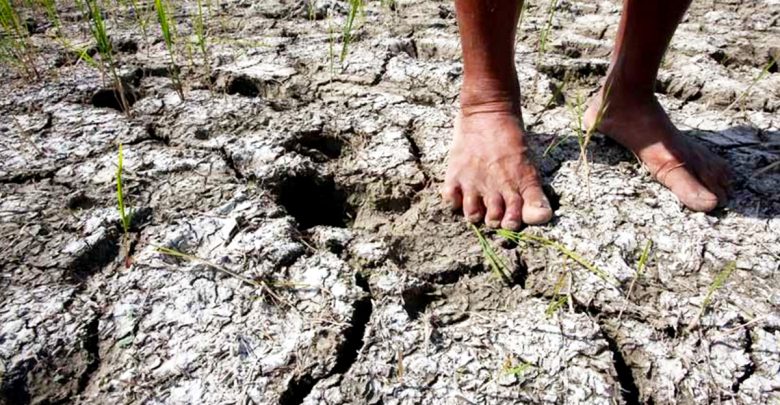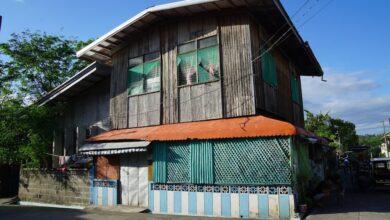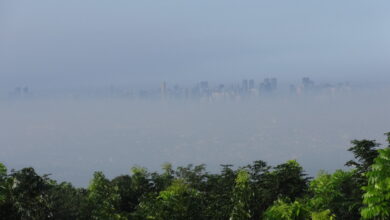
Government Fully Prepared for El Niño in 2019
HISTORY WILL NOT REPEAT ITSELF. The country might have been caught unprepared during the drought of 2015-2016, but it is now in a much better position to respond to the challenges of El Niño, according to the National Economic and Development Authority (NEDA).
El Niño is a phenomenon that refers to above-average sea surface temperatures in the central and eastern tropical Pacific Ocean. It is associated with below normal rainfall.
El Niño likely to happen
Based on the recent update from PAGASA, there’s a 70 percent chance that an El Niño will occur in the Philippines. Back in September, the chance of a dry spell in the first quarter of 2019 was at 65 percent. This is according to NEDA Undersecretary Rosemarie Edillon.
“It has been very slowly progressing. We were expecting El Niño to hit sometime in December, but as you know, we had rains in December. Still, it helps to be very prepared,” said Edillon.
“The latest update I got was the DA (Department of Agriculture) already created a task force,” she added.
Inter-Agency coordination
The Department of Agriculture (DA) plans to improve coordination with PAGASA to ensure that the correct measures will be in place, said Assistant Secretary Mercedita Sombilla.
Doing this will help prevent the same mistakes in the 2015-2016 El Niño when interventions were not targeted and not funded properly, which led to huge losses in rice and corn production in Mindanao.
Back then, farmers were not advised and assisted in early planting and harvesting of crops.
“With this, there is now greater coordination between DA and PAGASA and so they will be able to immediately put in place interventions,” she said.
Learning from mistakes
The drought of 2015-2016 showed that the Philippines’ has problems responding to slow-occurring disaster said Edillon.
“After we had that experience, we documented all the lessons learned and we saw the shortcomings of our disaster preparedness institutions in taking care of what we call slow-onset disaster or phenomenon,” she added.
One glaring shortcoming was the absence of quick response funds to counter El Niño.
“We have quick response funds (QRF) in agencies but these are to rehabilitate destroyed infrastructure (in times of disaster). But with El Niño, we don’t have such damage to infra so that’s the problem with the QRF. There they are too detailed and too specific and they cater only to infrastructure damage,” she said.
“So this is what we hope will be taken on as well,” she said.




